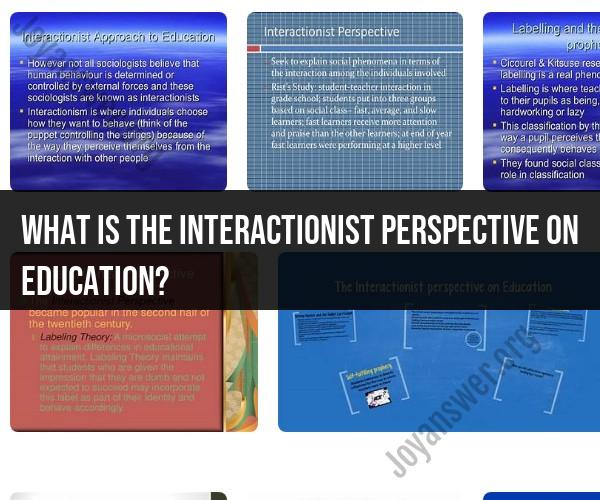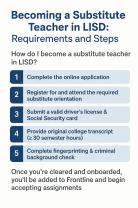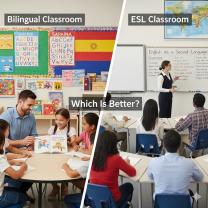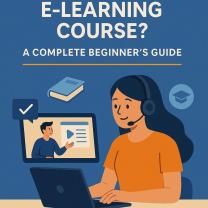What is the interactionist perspective on education?
The interactionist perspective on education is a theoretical framework within the field of sociology that emphasizes the role of interactions, relationships, and communication in the educational process. It focuses on how individuals, particularly students, interact with teachers, peers, and the educational environment to construct meaning and make sense of their educational experiences. The interactionist perspective on education is influenced by symbolic interactionism, a broader sociological theory that examines how people create and interpret symbols, such as language and gestures, to interact with one another and construct social reality. Here are some key insights and applications of the interactionist perspective on education:
Meaning-Making: Interactionists argue that education is not solely about the transfer of knowledge from teacher to student but is also about the co-construction of meaning. Students and teachers engage in ongoing communication and negotiation to make sense of the educational content. This perspective emphasizes the importance of shared understanding and interpretation.
Labeling Theory: Interactionists often apply labeling theory to education, which suggests that when teachers or educational institutions label students based on their behavior or characteristics, it can influence the students' self-concept and future behavior. For example, if a student is labeled as a "troublemaker," it may affect their perception of themselves and how they behave in the future.
Symbolic Interaction: The symbolic interactionism framework highlights the role of symbols and language in education. The way teachers communicate with students, the language they use, and the symbols they employ can impact students' self-concept, motivation, and engagement with the educational process.
Micro-Level Analysis: Interactionists focus on the micro-level interactions and everyday experiences within the classroom. They examine how teacher-student relationships, peer interactions, and communication patterns affect educational outcomes and student performance.
Teacher Expectations: Interactionist research often explores how teacher expectations can shape student achievement. Teachers' beliefs about their students' abilities and potential can influence how they interact with and assess students, potentially leading to self-fulfilling prophecies.
Socialization and Peer Groups: The interactionist perspective recognizes the significance of peer groups and socialization in education. Students interact with their peers, exchanging ideas, values, and norms, which can influence their attitudes and behaviors within the educational context.
Classroom Dynamics: Interactionists study classroom dynamics, including teacher-student relationships, classroom management techniques, and the impact of classroom culture on learning. These dynamics are essential for understanding the educational experience.
Cultural and Contextual Factors: The interactionist perspective acknowledges the impact of cultural and contextual factors on education. It emphasizes that the interpretation of educational experiences can be shaped by cultural background, social norms, and personal context.
Overall, the interactionist perspective on education underscores the importance of social interactions and communication in the educational process. It emphasizes that education is not a one-way process but a dynamic, socially constructed endeavor where meaning is negotiated, identities are formed, and labels can significantly impact students' trajectories. This perspective provides valuable insights for educators, researchers, and policymakers seeking to understand and improve the educational experience.
The Interactionist Perspective on Education: An Overview
The interactionist perspective on education is a theoretical approach that focuses on the social interactions that take place in the classroom and how these interactions influence student learning. Interactionists believe that learning is a social process that occurs through dialogue, collaboration, and negotiation.
One of the key tenets of interactionism is that students are active participants in the learning process. They are not simply passive recipients of knowledge from the teacher. Instead, students construct their own understanding of the world through their interactions with others.
Another key tenet of interactionism is that language is essential for learning. Language is the tool that students use to communicate with their teachers and classmates, to share their ideas, and to construct their own understanding of the world.
Education and Interaction Theory: Insights into Learning
Interaction theory provides a number of insights into how students learn. For example, interaction theory suggests that students learn best when they are actively involved in the learning process. This means that students should have opportunities to discuss, collaborate, and negotiate with their teachers and classmates.
Interaction theory also suggests that students learn best when they are in a supportive and nurturing environment. Students need to feel safe and respected in order to be able to take risks and learn from their mistakes.
Exploring Interactionism in Education: A Theoretical Approach
The interactionist perspective on education can be applied to a variety of teaching and learning practices. For example, interactionist teachers often use cooperative learning activities, such as group projects and discussions, to help students learn from each other. Interactionist teachers also often use scaffolding techniques, such as providing students with prompts and feedback, to help students reach their full potential.
The interactionist perspective on education has a number of benefits for students. For example, interaction theory can help students to develop their critical thinking skills, their problem-solving skills, and their communication skills. Interaction theory can also help students to develop a deeper understanding of the material they are learning.
Conclusion
The interactionist perspective on education is a valuable theoretical approach that can help us to understand how students learn best. By applying the principles of interactionism to our teaching practices, we can create a more supportive and effective learning environment for all students.













